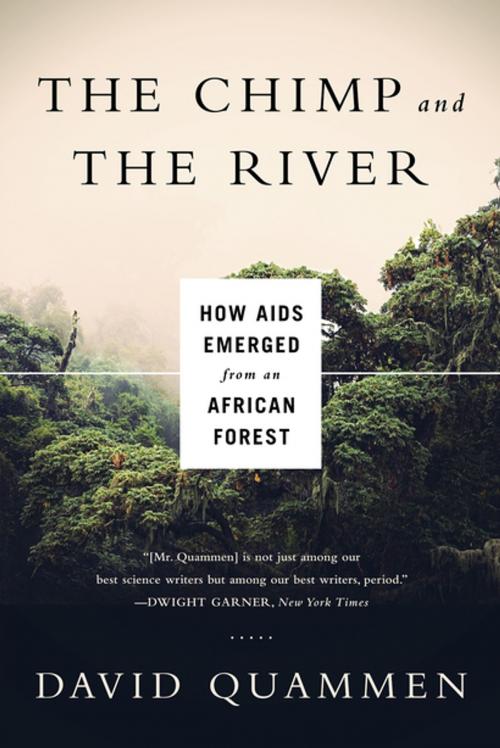The Chimp and the River: How AIDS Emerged from an African Forest
Nonfiction, Health & Well Being, Health, Ailments & Diseases, AIDs & HIV, Medical, Infectious Diseases, Epidemiology, Science & Nature, Science, Biological Sciences, Zoology| Author: | David Quammen | ISBN: | 9780393350852 |
| Publisher: | W. W. Norton & Company | Publication: | February 16, 2015 |
| Imprint: | W. W. Norton & Company | Language: | English |
| Author: | David Quammen |
| ISBN: | 9780393350852 |
| Publisher: | W. W. Norton & Company |
| Publication: | February 16, 2015 |
| Imprint: | W. W. Norton & Company |
| Language: | English |
In this "frightening and fascinating masterpiece" (Walter Isaacson), David Quammen explores the true origins of HIV/AIDS.
The real story of AIDS—how it originated with a virus in a chimpanzee, jumped to one human, and then infected more than 60 million people—is very different from what most of us think we know. Recent research has revealed dark surprises and yielded a radically new scenario of how AIDS began and spread. Excerpted and adapted from the book Spillover, with a new introduction by the author, Quammen's hair-raising investigation tracks the virus from chimp populations in the jungles of southeastern Cameroon to laboratories across the globe, as he unravels the mysteries of when, where, and under what circumstances such a consequential "spillover" can happen. An audacious search for answers amid more than a century of data, The Chimp and the River tells the haunting tale of one of the most devastating pandemics of our time.
In this "frightening and fascinating masterpiece" (Walter Isaacson), David Quammen explores the true origins of HIV/AIDS.
The real story of AIDS—how it originated with a virus in a chimpanzee, jumped to one human, and then infected more than 60 million people—is very different from what most of us think we know. Recent research has revealed dark surprises and yielded a radically new scenario of how AIDS began and spread. Excerpted and adapted from the book Spillover, with a new introduction by the author, Quammen's hair-raising investigation tracks the virus from chimp populations in the jungles of southeastern Cameroon to laboratories across the globe, as he unravels the mysteries of when, where, and under what circumstances such a consequential "spillover" can happen. An audacious search for answers amid more than a century of data, The Chimp and the River tells the haunting tale of one of the most devastating pandemics of our time.















